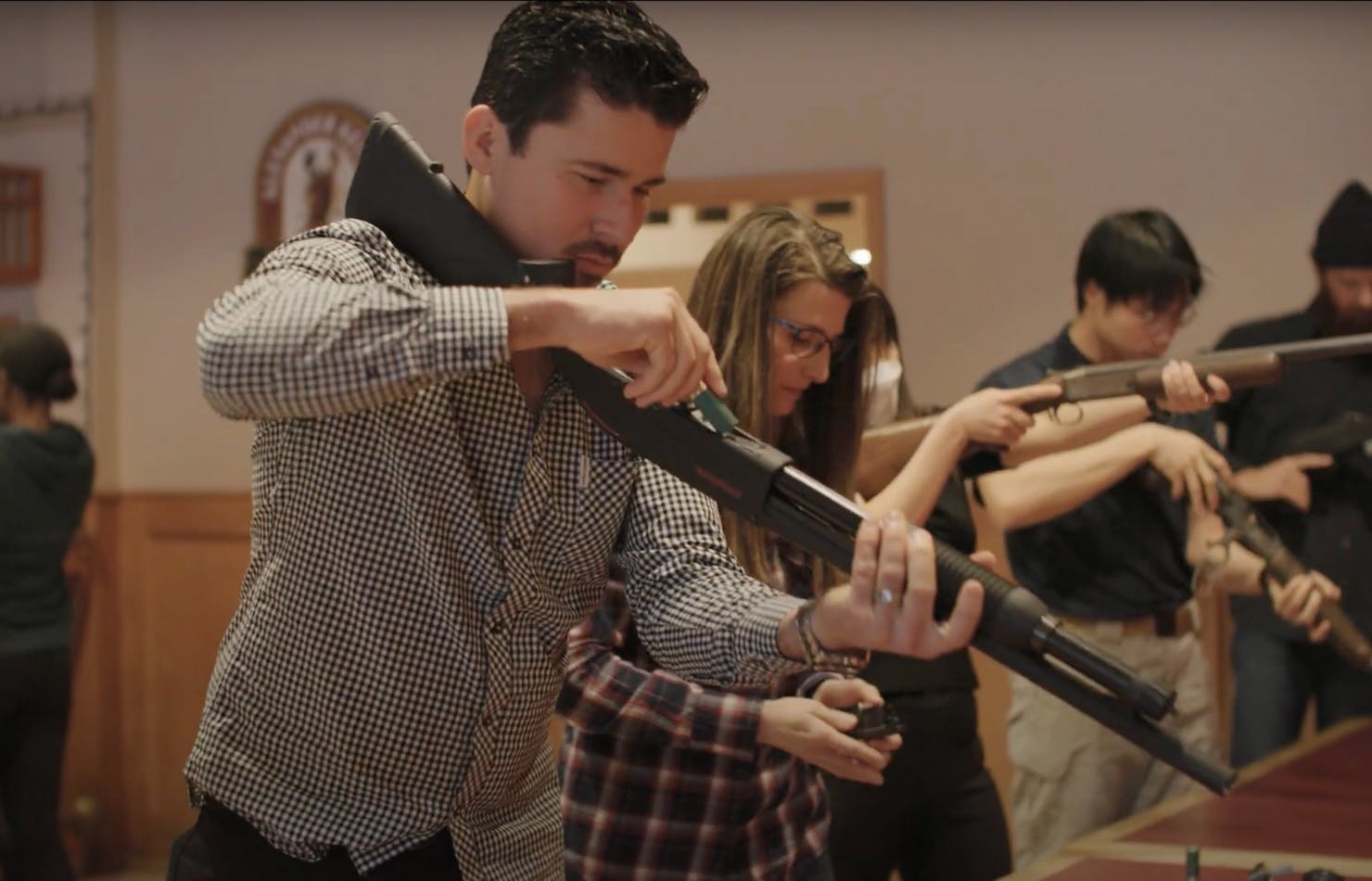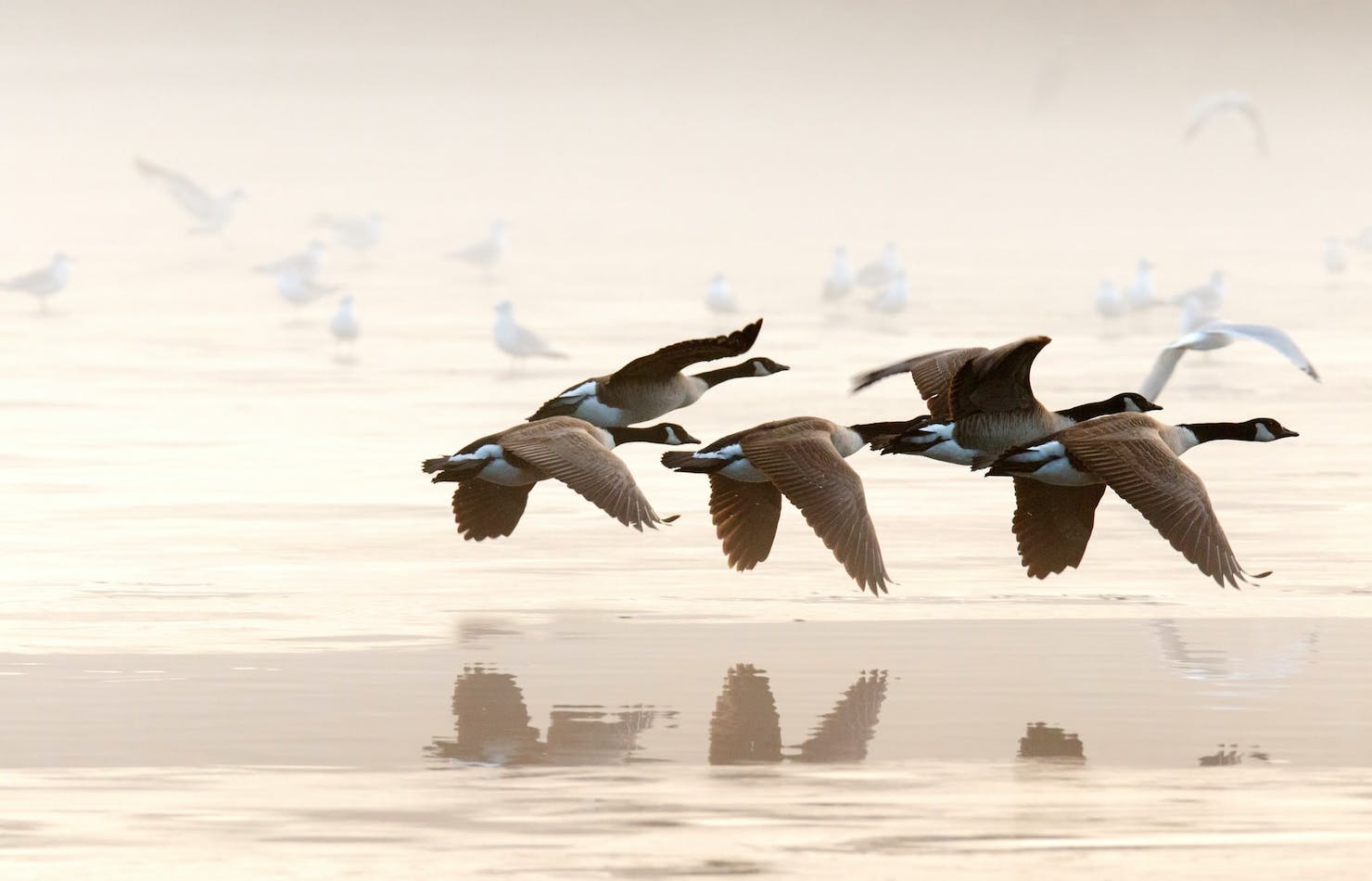
What Animals Can I Hunt?
If you’ve never hunted in BC, you may be wondering what animals you can harvest. Animals are divided into something called game animals and non-game animals. What this means is that some can be hunted (game animals), while the others cannot.
Let’s start with game animals. Ungulates are split-hoofed animals with an even number of toes. Of ungulates, there are 2 types, Bovids (those who have horns) and Cervids (those with antlers). Both the Bovids and Cervids are considered game animals and can be hunted in British Columbia.
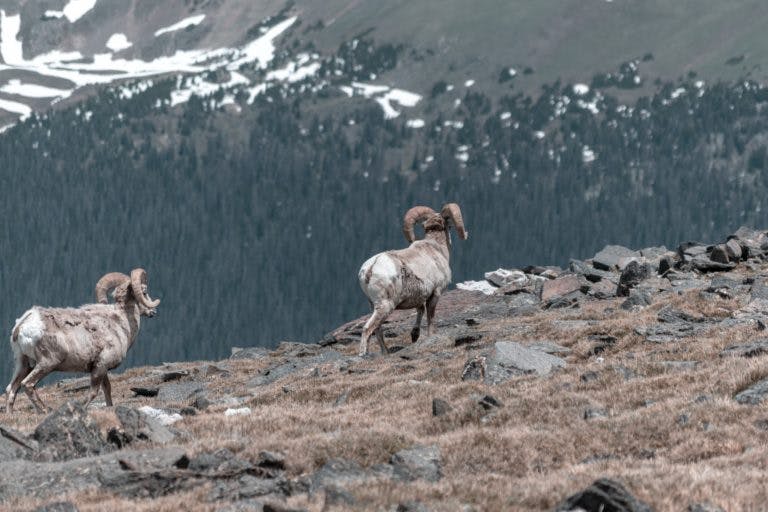
Bovids include:
- Bighorn Sheep
- Thinhorn Sheep
- Mountain Goats
- Bison
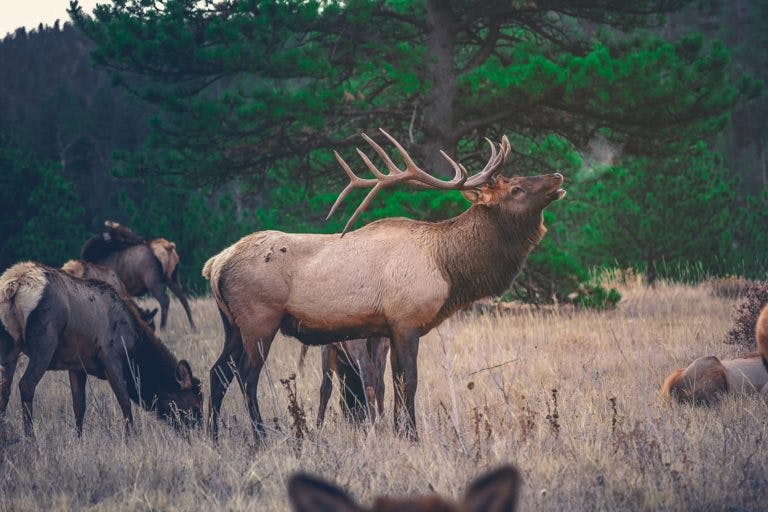
Cervids include:
- Deer
- Caribou
- Elk
- Moose
Other game animals include Cougar, Lynx, Bobcat, Wolf, Black Bear, Wolverine, Fox, Coyote, Raccoon, Skunk & Hare.
In addition to the game and non-game animals, there are also game birds, and non game birds. Game birds are divided into two categories, Upland Game Birds, and Migratory Game Birds. As you could expect, these can be hunted. Below are the 8 most common types of game birds in BC.
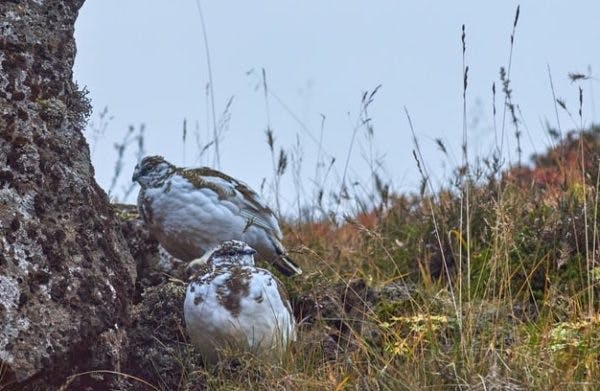
Upland Game Birds include:
- Ptarmigan
- Grouse
- Introduced Species (ie. Quail, Chukar, Ring-necked Pheasant, Wild Turkey, etc)
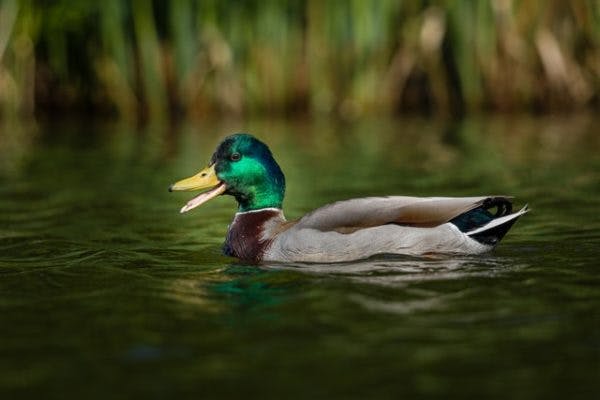
Migratory Game Birds include:
- Geese
- Dabbling Ducks
- Diving Ducks
- Wetland Birds
- Upland Migratory Game Birds
Now that we’ve covered the game animals and game birds of British Columbia, let’s touch on animals and birds which are considered non-game.
Raptors and protected species such as Vultures, Hawks, Falcons, Eagles and Owls are all classified as non-game birds. Raptors are protected under the Wildlife Act and can only be captured under a special permit. Swans are also a non-game bird and in Canada and all swan species are protected under the federal Migratory Birds Convention Act.
Something interesting that many people don’t know is that you can actually hunt a select few animals, without any licence. These are outlined in Schedule B and Schedule C of the Ministry of Environment’s Species List.
The animals listed in Schedule B are ones that may be captured or killed, but only for the specific purpose of protecting property. That is, unless an open season is designated through regulation.
Schedule B animals consist of the following:
- Scapanus orarius – coast mole
- Lepus americanus – snowshoe hare all of the species of the sub family Arvicolinae and lemmings, except Ondonatra zibethicus – muskrat.
- Neotoma cinerea – bushy-tailed woodrat
- all species of the genus Peromyscus – deer mice
- Erethizon dorsatum – porcupine
- Thomomys talpoides – northern pocket gopher
- Marmota flaviventris – yellow-bellied marmot
- Marmota monax – woodchuck
- Spermophilus columbianus – Columbian ground squirrel
- Mephitis mephitis – striped skunk
- Procyon lotor – raccoon
- Spilogale putorius – spotted skunk
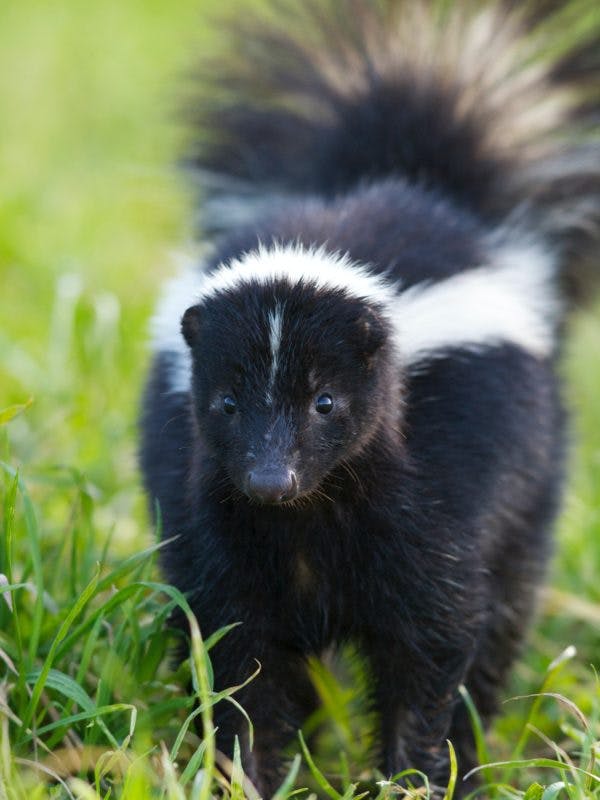
The animals that are listed in Schedule C can be captured or killed anywhere and at any time in BC. It’s worth noting that the birds listed in this schedule may be hunted using electronic calls.
You do not need a hunting licence to hunt or kill the following Schedule C wildlife. These animals include:
- Rana catesbeiana – American bullfrog
- Rana clamitans – green frog
- all species of the family Chelydridae – snapping turtles
- Didelphis virginiana – North American opossum
- Sylvilagus floridanus – eastern cottontail
- Oryctolagus cuniculus – European rabbit
- Myocastor coypus – nutria
- all species of the genus Sciurus – gray squirrels and fox squirrels
- Passer domesticus – house sparrow
- Sturnus vulgaris – European starling
- Columbia livia – rock dove (domestic pigeon)

In addition to this list for Schedule C, there are other animals which you do need a hunting licence to hunt, UNLESS you are hunting them on your property or they are damaging your property:
- all species of the genus Corvus – crows, except Corvus corax – common raven
- Pica pica – black-billed magpie
- Molothrus ater – brown-headed cowbird and the eggs of this bird species may be destroyed.
Now that you know what you can hunt, it’s time to obtain your Fish and Wildlife ID (FWID) to hunt in British Columbia. The Online CORE Hunter Education Course teaches not only firearms safety, conservation, ethics, laws and regulations, but also outdoor survival, first aid, field use, animal and bird identification and how to use the Hunting & Trapping Regulations Synopsis.


